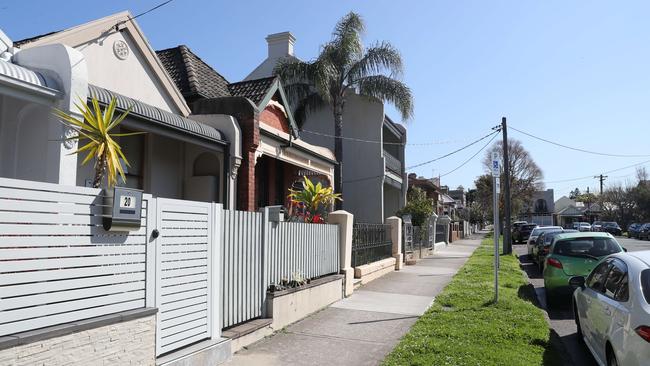Why government’s reverse mortgage makes sense and costs far less than commercial loans
The government’s reverse mortgage scheme currently charges half the commercial rates and contrary to common belief, you don’t need to receive the aged pension to be eligible.

For older Australians an important rate left unchanged in this week’s budget was the interest rate on the Home Equity Access Scheme (HEAS). Formally known as the pension loan scheme, the interest rate stayed at 3.95 per cent.
Perhaps it was overlooked, perhaps it was on purpose, but this government-backed reverse mortgage product has never been more attractive.
Opinions on reverse mortgages are polarising so here is an adviser’s view on it.
Most people think about reverse mortgages negatively; the general opinion is that borrowing against your home in retirement is a very bad idea.
Under a reverse mortgage, you do not make regular loan repayments, meaning that interest accumulates on interest, and this compounding effect can lead to a large liability which is often paid by your children, after you die, via a large chunk of their inheritance taken out of your estate.
But with long-term property growth rates in Australia between 6 and 7 per cent, is it still such a bad idea to borrow money against your home at just 4 per cent interest if it allows you to live the retirement you want and preserve the family home?
There are several interesting features about the government’s reverse mortgage scheme that most people do not realise. The scheme is available to anyone of aged-pension age who owns a home and meets residency requirements. Contrary to popular beliefs, you do not need to receive a Centrelink aged pension to be eligible for the HEAS.
In fact, the less aged pension you receive, the higher the loan amount you can potentially borrow from the government. This is because the HEAS maximum payment is 150 per cent of the aged pension rate.
So if you already receive the full aged pension, you can only top up 50 per cent via the HEAS. Whereas if you receive no aged pension due to excess assets or income, you can apply for the full 150 per cent of the aged pension loan amount.
Promoters of private reverse mortgages generally dismiss the HEAS as an inferior product saying payments can only be paid on a fortnightly basis, however this is not true. You can elect to take half yearly payments in advance.
The maximum loan limit depends on the value of your home and your age, and higher loan limits are available the older we get. Someone who is 67 years old can borrow up to 27.4 per cent of the value of their home while some who is 90 can borrow 67.5 per cent of the value of their home.
In contrast, reverse mortgages from commercial lenders provide you with more flexibility to take the whole approved loan amount in a single lump-sum if desired rather than six monthly lump sums. But the trade-off is that the interest rate varies between 8 per cent to 10 per cent interest. This makes the government’s 3.95 per cent interest rate quite appealing in comparison.
The obvious use of the government’s reverse mortgage is to inject extra cash into retirees’ finances, allowing them to spend money on things they otherwise would not be able to unless they sold their home and downsized.
Looking at more creative uses of the HEAS, one would be to create an arbitrage. The government still offers the $250,000 guarantee on bank deposits, and some of these banks are paying up to 5.5 per cent interest on high-interest bank accounts. So a couple borrowing $60,000 from the government at 3.95 per cent and investing it risk free at 5.5 per cent would produce a small arbitrage of $930 per year. Worth doing? Maybe not, but definitely an interesting thought!
A potential risk is that the government suddenly realises it is charging half the rate of interest on reverse mortgages and increases it to be in line with the market rate. And for people currently on the aged pension, gifting rules need to be considered – otherwise they could see a drop in their regular pension payments.
I suspect that when the government increases the deeming rate on investments in 12 months or so, it will also review the rate on the reverse mortgage scheme and increase it too. Therefore anyone looking to take out a government reverse mortgage should do so with their eyes wide open and with the expectation they will not be paying 3.95 per cent interest forever. It is likely to increase to 6 per cent, or maybe even 8 per cent in the near future.
James Gerrard is principal and director of www.financialadvisor.com.au







To join the conversation, please log in. Don't have an account? Register
Join the conversation, you are commenting as Logout